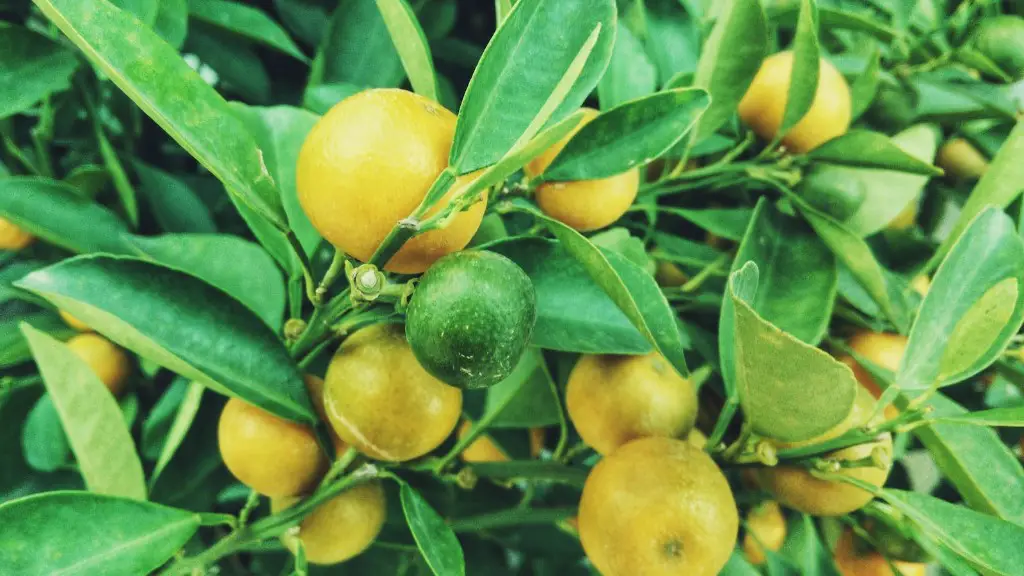Grafting is one of the most popular methods of propagating avocado trees. It has been used for centuries across the world and continues to be used today. Grafting is the process of combining two different plants by joining them together at the crown, allowing them to share the same root system. This technique can be used to grow better varieties of avocados with higher yields or to fix problems in an avocado tree. In this article, we will discuss the process of grafting an avocado tree, the types of plants that can be grafted together, and some tips and tricks to make the process successful.
Why Graft An Avocado Tree
Grafting an avocado tree is beneficial because it produces a stronger, more vigorous tree that can bear better fruit. The grafting process also improves stress resistance in the tree, which increases its productivity and ability to survive in difficult conditions. Additionally, grafting can be used to replace a diseased portion of the tree with a healthy portion, or to extend the life of a tree that was originally too weak for the environment. Finally, transplanted scions, or sections of the grafted tree, can be used to produce new avocado plants.
Types Of Avocado Grafts
Avocado grafting is often done using two different varieties of scions, which are sections of the tree that are cut and inserted into the tree’s rootstock. The scions must be compatible with the rootstock, meaning that they must be of the same species. Usually, this means that the scions must be taken from a different avocado tree, however, if available, you can also use scions from other compatible fruit tree species such as citrus, stone fruit, and nut trees.
The two most common grafting techniques used with avocado trees are the cleft and whip grafts. The cleft graft, also called the inarching graft, involves splitting the rootstock and inserting the scion into the resulting gap. The whip graft is a less common method that involves splicing the scion and rootstock together in a manner similar to braiding hair. There are also wedge, bark, and splice grafts, most of which are more technical and difficult to do.
Tips For Grafting Avocado Trees
When selecting the scion, choose one that is fatter and about the same size as the rootstock. The scion should be taken from a healthy and disease-free tree. It should also be checked for rootstock compatibility. When grafting the two plants together, make sure the cambium layers, or the layers of tissue near the cortex that carry water and nutrients, are aligned correctly. This is done by matching the two cambium layers. Once the scion is successfully inserted into the rootstock, wrap them together using grafting rubber or tape.
Aftercare For Grafted Avocado Trees
After the graft is complete, the tree should be given time to heal and adjust. The tree should be kept in a temperature-controlled environment, away from direct sunlight and wind, and watered regularly. The tree should also be pruned to encourage the growth of strong, healthy branches. Grafted avocado trees can take up to a year to fully adjust, but once they are established they can produce fruit up to two times faster than an unwatered avocado tree.
Common Grafting Errors
One of the most common mistakes when grafting an avocado tree is not matching the cambium layers. If the cambium layers are not aligned properly, the tree will not easily take up water and nutrients and will be more vulnerable to disease. Another mistake is not securing the graft properly, which can cause it to fail. If the graft is not secure, the scion can slip out from the rootstock, making the entire process useless.
Finding Alternative Options for Grafting
Grafting is not the only way to propagate an avocado tree. Another popular method is air layering, which involves rooting a scion from the same tree into fresh soil using a rooting hormone. Tissue culture is also an option, which is the process of cloning a tree in a sterile laboratory environment. Both air layering and tissue culture are more complicated and expensive than traditional grafting.
Conclusion
Grafting avocado trees is a popular propagation technique used to produce higher yields and fix existing problems. The process requires some experience and knowledge of the different types of grafts, as well as aftercare of the graft. With careful attention and appropriate precautions, avocado grafting can be done successfully and produce beautiful, delicious fruit.

